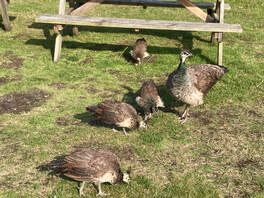 Peahen family Peahen family Organiser: Richard Budden We couldn’t have asked for a more perfect day to visit Brownsea Island. A brilliant blue sky and calm sea set the scene for our crossing from Poole Harbour and we were met by staff from the National Trust and Dorset Wildlife Trust on the quay. After splitting into two groups – one led by Nicki Tutton, Dorset Wildlife Trust’s Wild Brownsea Project Officer and our group led by Anthony, a volunteer– we were given a tour of the northern part of the island. It took some persuasion to pull us away from the drama of nine peachicks which were responding to the throaty call of their mother. We had half of the brood on our side of the wall in the quay gardens and one by one the remaining peachicks would suddenly appear on the top of the wall and plummet down. Exotic in their own right, with a tufty brown head plume and fluffy cream and brown body feathers, they were enchanting. Although many of the volunteer projects had been delayed over the pandemic, the new oak boardwalk was now finished across a marshland patch where dense vegetation gave cover for water voles. Red squirrels were frequently seen, seemingly not too disturbed by visitors walking along nearby paths. We visited two bird hides which looked out onto the lagoon and were delighted to witness a flock of about 20 spoonbills feeding in the shallows, with avocets, black-tailed godwits and dunlin nearby. The island has a varied landscape and there’s much to explore. Meandering paths take you up small, wooded hills to pop out at stunning viewpoints over Poole Harbour to the north and the neighbouring coastlines of Arne and the Studland and Godlingston Heath National Nature Reserve to the south. Near an old redwood we saw a pale tussock moth caterpillar perilously navigating the path, identified by Nicki who said it was close to pupation. In another hide overlooking a large lake on the southern side we found a striking bug sunning itself on the window frame which we found out later was actually a Western conifer seed bug, Leptoglossus occidentalis, an American native that’s spread its reach along the south coast of Britain since 2008 and feeds on pines. It likes to come inside houses to keep warm during the winter, so watch out for these invaders later on! Comments are closed.
|
Photo: Avocets (Izzy Fry)
The headers display photos taken by our members. Do get in touch via the Contact Form if you'd like to submit a photo for selection.
Archives
May 2024
Categories
All
|
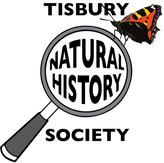
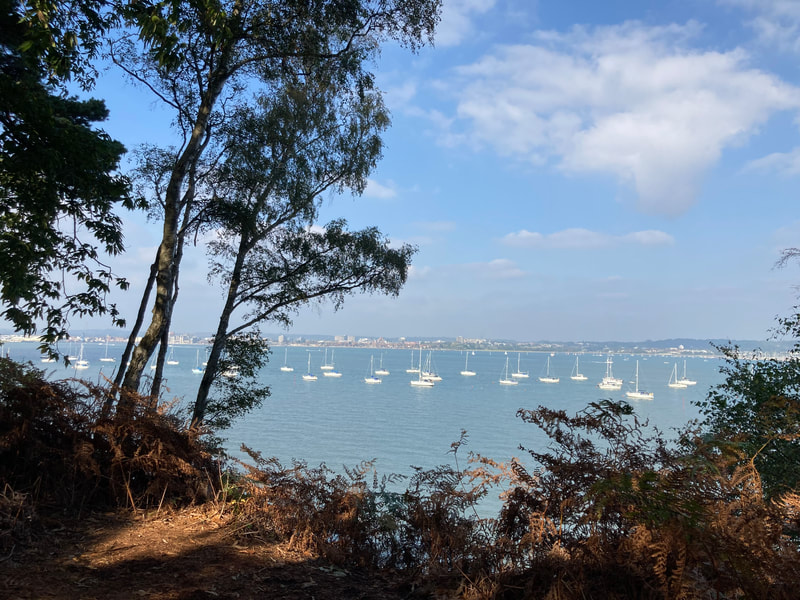
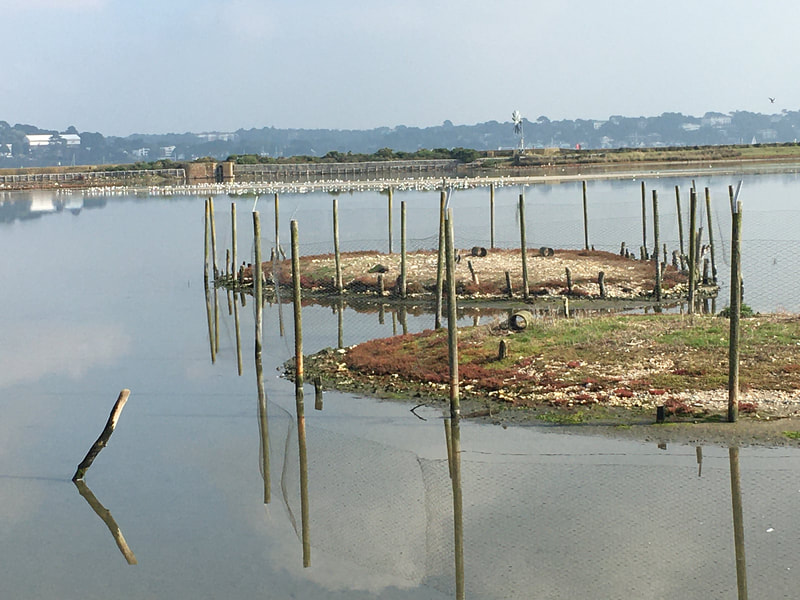
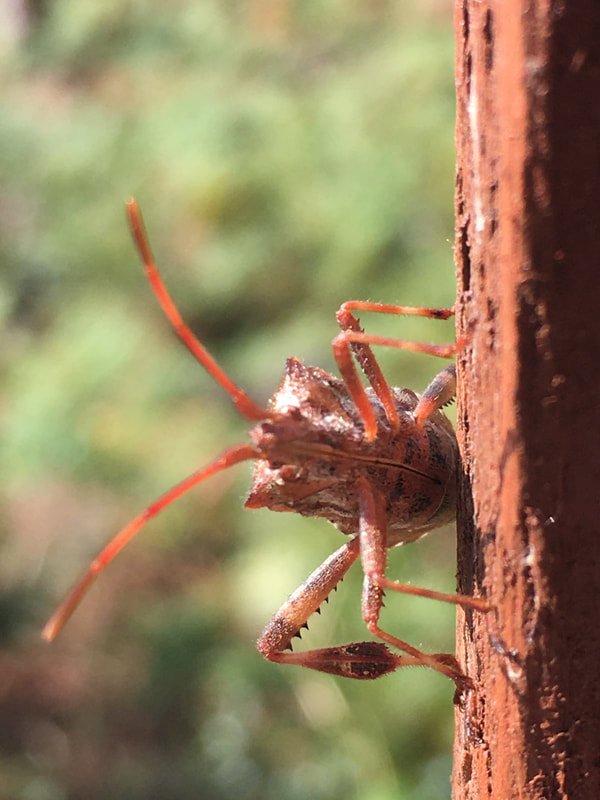
 RSS Feed
RSS Feed